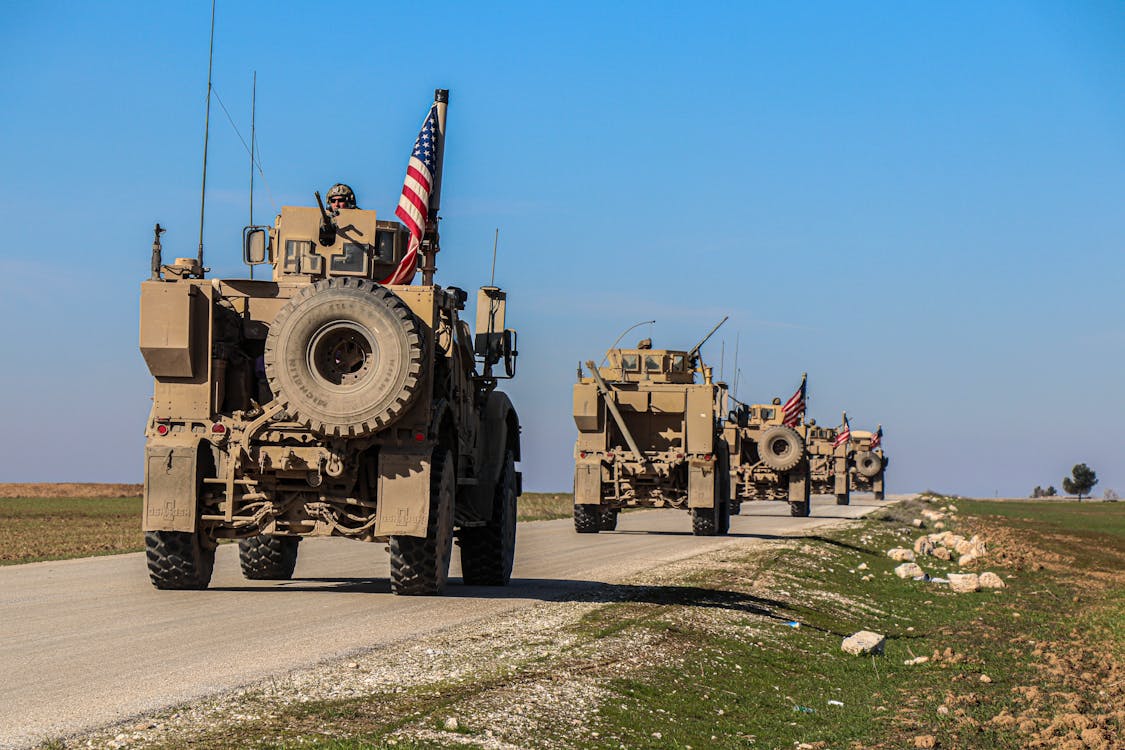The United States military stands as a symbol of strength, resilience, and dedication, representing the guardianship of the nation's security and values. With a rich history and a commitment to service, the U.S. military plays a pivotal role in ensuring the safety and prosperity of the nation. Let's take a closer look at the various branches, the core values, and the unwavering spirit that defines the U.S. military.
**1. Branches of the U.S. Military:
- Army: The U.S. Army serves as the ground force, ready to defend the nation on land.
- Navy: Operating at sea, the U.S. Navy protects maritime interests and ensures global stability.
- Air Force: Dominating the skies, the U.S. Air Force is a powerhouse in aerial and space operations.
- Marine Corps: Known for its expeditionary nature, the Marine Corps excels in rapid response and amphibious warfare.
- Coast Guard: Safeguarding maritime interests, the Coast Guard plays a vital role in search and rescue, law enforcement, and environmental protection.
**2. Core Values:
- Duty: Members of the U.S. military embrace a sense of duty to protect and defend the nation.
- Honor: Honor is a guiding principle, emphasizing integrity, ethical conduct, and upholding a strong moral compass.
- Courage: Courage is paramount, whether facing enemies on the battlefield or overcoming challenges in service.
- Commitment: Commitment to the mission and to fellow service members is unwavering, fostering a deep sense of camaraderie.
**3. History and Heritage:
- Revolutionary Roots: The U.S. military traces its roots to the Continental Army, formed during the American Revolution.
- Crucial Moments: From the Civil War to the World Wars, the U.S. military has played a pivotal role in shaping history.
- Modern Challenges: Today, the military faces diverse challenges, from cyber threats to global terrorism, requiring adaptability and innovation.
**4. Global Presence and Partnerships:
- Global Reach: U.S. military bases and deployments span the globe, showcasing a commitment to international security.
- Alliances and Partnerships: Collaborative efforts with allied nations strengthen global stability and promote shared values.
- Humanitarian Assistance: Beyond defense, the U.S. military engages in humanitarian missions, providing aid and support in times of crisis.
**5. Training and Discipline:
- Rigorous Training: Military personnel undergo rigorous training to develop skills, resilience, and adaptability.
- Discipline and Structure: The military instills discipline and structure, fostering a culture of accountability and responsibility.
- Continuous Learning: Embracing a culture of continuous learning ensures readiness for evolving threats and challenges.
**6. Technological Advancements:
- Cutting-Edge Capabilities: The U.S. military leverages cutting-edge technology, from advanced aircraft to sophisticated cyber capabilities.
- Innovation and Adaptation: A commitment to innovation allows the military to adapt to the rapidly changing landscape of modern warfare.
- Space Dominance: Recognizing the importance of space, the U.S





0 Comments